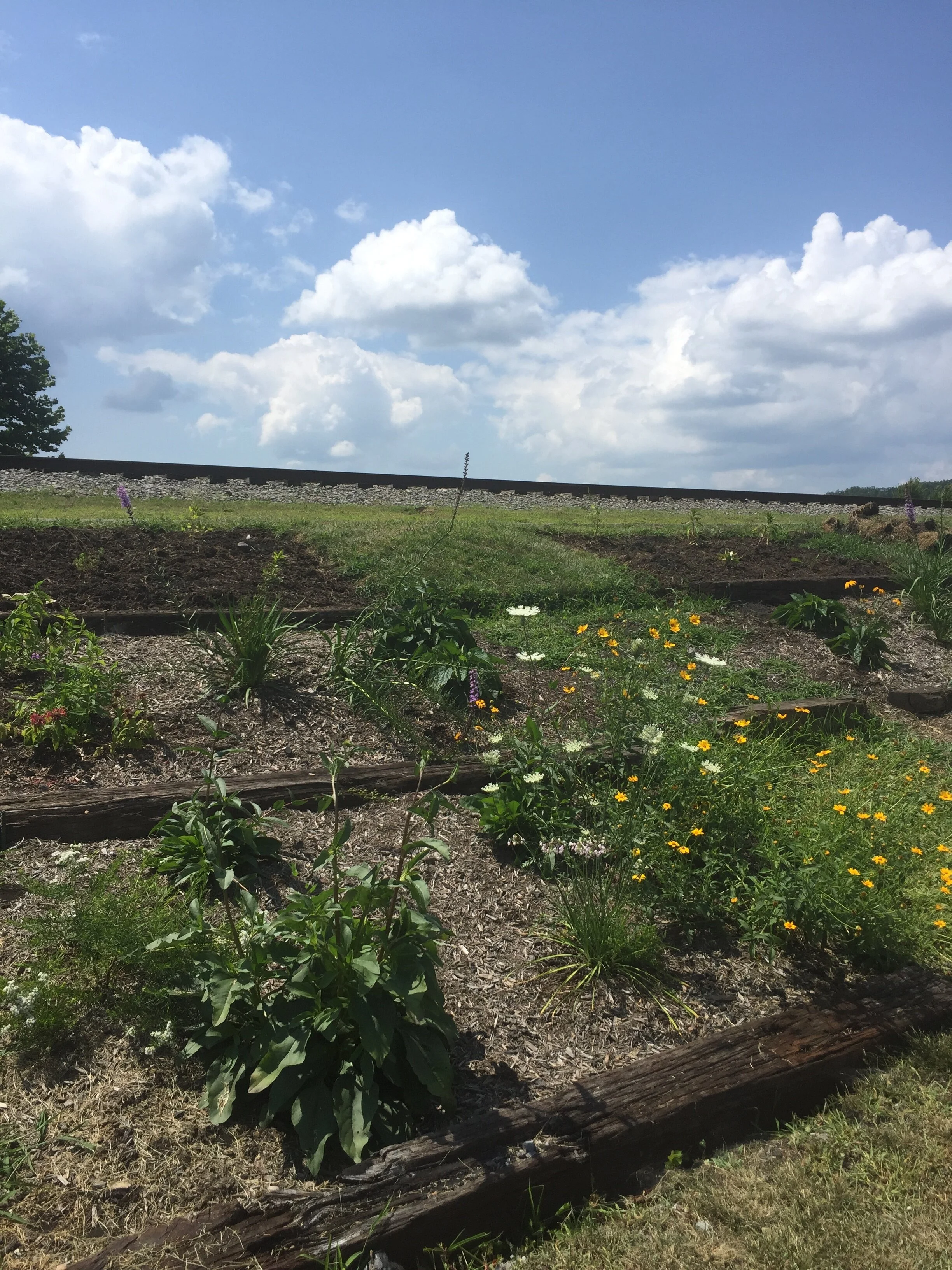Appalachian Adventure:
Ecology in the AFHA
Our summer 2018 exhibit, Appalachian Adventure: Ecology in the AFHA, explored three habitats that are unique to the Appalachian Forest Heritage Area: forests, streams, and wetlands. It also raised awareness of our local pollinators and led to the creation of the museum’s pollinator garden.
See full exhibit panels here.
What is a Forest?
A forest is not only the trees that surround us, but also the niches and layers that make it a home to animals and plants. A niche is an area that has everything an organism needs to survive. For birds that may be the whole forest, but for a salamander that might simply be the underside of a log.
While you are in the AFNHA visit the birthplace of forest conservation: Garrett State Forest in Maryland. This land was donated by the Garret brothers in 1906 and has been used to educate the public about forestry for decades.
Potomac-Garrett State Forest
Photo by Scott Campbell
Courtesy of Maryland Department of Natural Resources
Blackwater Falls
Photo by David Ede
What is a river?
A river is a large, natural stream flowing through a watershed. There are so many here in the Allegheny Mountains that many people call it “the Birthplace of Rivers.”
Want to see an amazing river in the AFNHA? Check out Blackwater Falls, which gets its name from deep brown color created by tannins that come from the trees surrounding the river.
What is a wetland?
Wetlands are an area of land that is either periodically or permanently flooded. There are three main factors that make up a wetland: the presence of water either above or below the surface, hydric soil, and obligate plants (plants that only grow in wetlands).
Pitcher plants eat bugs and can be found in Cranberry Glandes
Cranberry Glades
Explore a wetland by visiting the Cranberry Glades Botanical Area! This area is made up of five smaller boreal bogs and is home to rare forms of plants, including the carnivorous sundews and pitcher’s plants.
Protect our pollinators
Pollinators are animals that help plants create fruit by moving pollen from one plant to another. It is important that we protect these species because without them we lose a lot of our favorite foods and products.
How can you help? There are many ways to help including making bee hotels and planting a pollinator garden. If you are going to plant a garden, try to use native species of plants to help protect the local ecosystem. In West Virginia, that includes plants such as black-eyed susans (Rudbeckia hirta), cardinalis pants (lobelia cardinalis), butterfly milkweed (asclepias tuberosa), and wild bergamot/bee balm (monarda fistulosa).
For more ideas and resources, check out the AFNHA Pollinator Initiative resource page.
The Appalachian Forest Discovery Center’s Pollinator Garden, created in conjunction with this exhibit.







